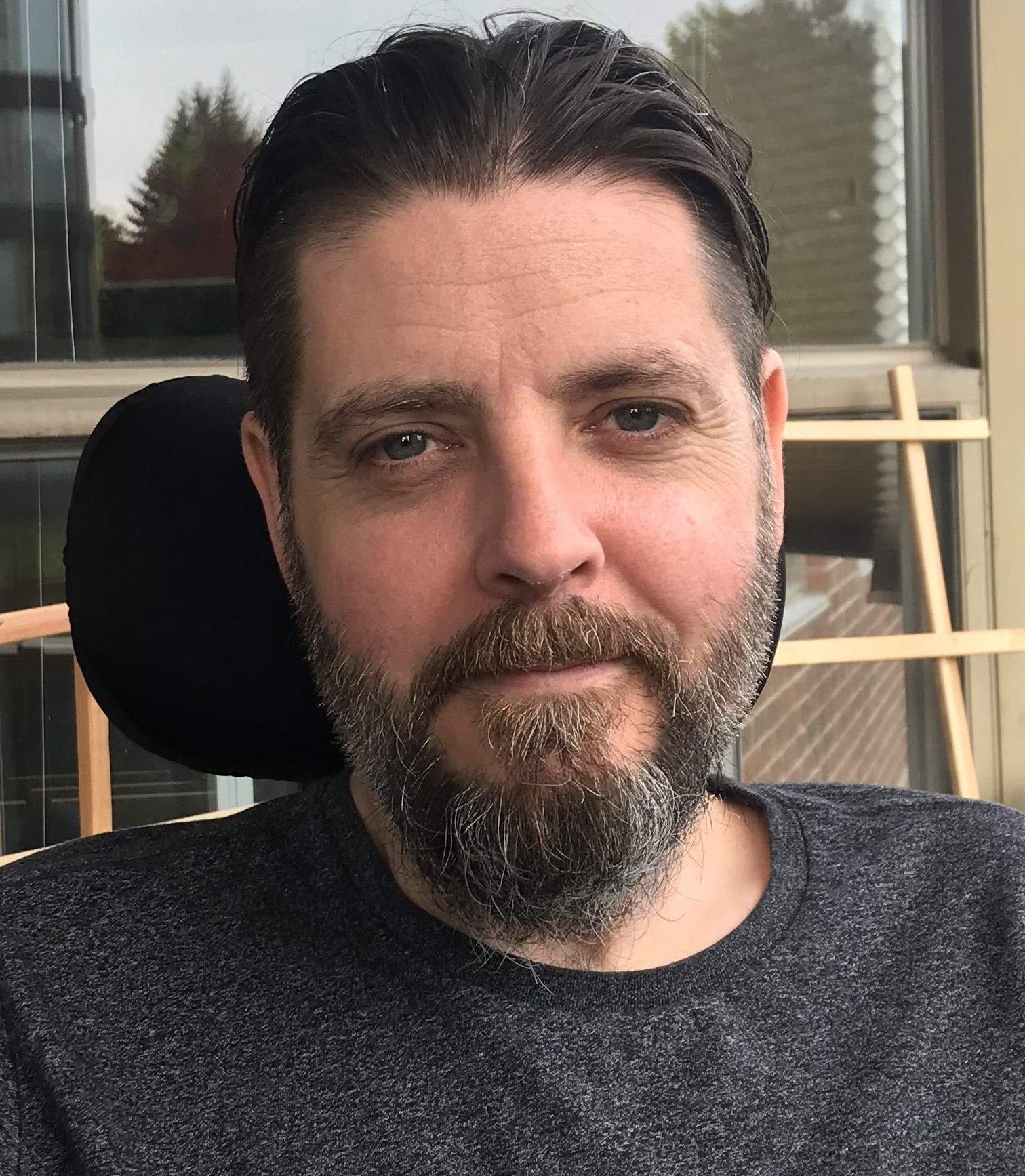tell me about life as a child with ra.
growing up was very, very lonely. yes, once i got into hospitals for years and years on end, that was difficult, but even [outside of that] i missed a lot of school because i was sick all the time. and when i did go to school, i was different — i was bullied. it was a hard way to grow up. once i got to the hospital, i might make friends with other girls who came to the hospital, but nobody stayed more than about a month. it was very difficult.
i didn’t actually move out until i was in my early thirties. my parents were very supportive and patient, but there came a point where i really want to be on my own.
because i need help, one of the difficult things was finding an apartment. the waitlist to find an affordable apartment that has supportive services, like what i have, can take a more than 10 years.
i’m really lucky i live downtown — i can walk almost everywhere. it’s fantastic to be independent, especially now that we have accessible streetcars. the places i would go if there wasn’t a pandemic.
take me through a day in your life.
i live in an apartment where i have attendant care. we have personal support workers coming in to help me with things like showering, getting dressed, and making breakfast. they also come in for lunch to help with what’s called activities of daily living. in between, when they are not here, i work from home. i have my breakfast, i sit in front of the computer — probably much like you. in the late afternoon, i have a nap. a very important part of managing my pain and fatigue is to have about an hour and a half of lying down.
 9 minute read
9 minute read








